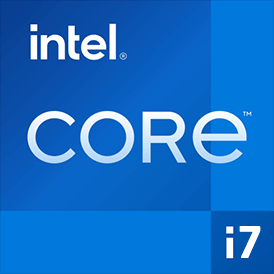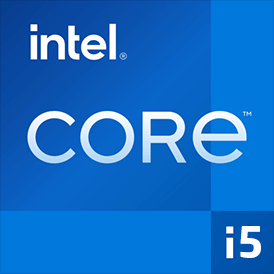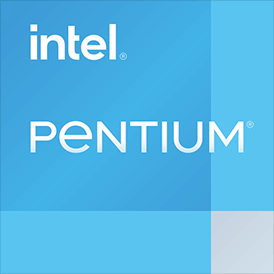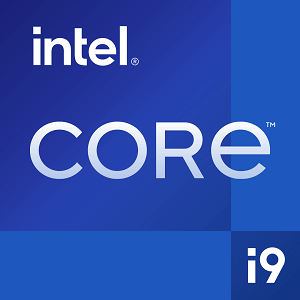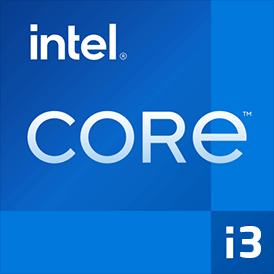Intel Core i7 6900K vs Intel Core i5 7500
We compared two desktop CPUs: Intel Core i7 6900K with 8 cores 3.2GHz and Intel Core i5 7500 with 4 cores 3.4GHz . You will find out which processor performs better in benchmark tests, key specifications, power consumption and more.
Main Differences
Intel Core i7 6900K 's Advantages
Larger memory bandwidth (76.8GB/s vs 35.76GB/s)
Larger L3 cache size (20MB vs 6MB)
Intel Core i5 7500 's Advantages
Released 8 months late
Integrated graphics card
Higher specification of memory (2400 vs 2133)
Higher base frequency (3.4GHz vs 3.2GHz)
Lower TDP (65W vs 140W)
Score
Benchmark
Geekbench 6 Single Core
Intel Core i7 6900K
+7%
1286
Intel Core i5 7500
1197
Geekbench 6 Multi Core
Intel Core i7 6900K
+168%
7470
Intel Core i5 7500
2777
Blender
Intel Core i7 6900K
+242%
192
Intel Core i5 7500
56
Geekbench 5 Single Core
Intel Core i7 6900K
+2%
961
Intel Core i5 7500
940
Geekbench 5 Multi Core
Intel Core i7 6900K
+121%
7327
Intel Core i5 7500
3304
Passmark CPU Single Core
Intel Core i7 6900K
+1%
2310
Intel Core i5 7500
2266
Passmark CPU Multi Core
Intel Core i7 6900K
+136%
14258
Intel Core i5 7500
6028
General Parameters
May 2016
Release Date
Jan 2017
Intel
Manufacturer
Intel
Desktop
Type
Desktop
x86-64
Instruction Set
x86-64
Broadwell E
Core Architecture
Kaby Lake
i7-6900K
Processor Number
i5-7500
LGA-2011-3
Socket
LGA-1151
N/A
Integrated Graphics
HD Graphics 630
Package
14 nm
Manufacturing Process
14 nm
140 W
Power Consumption
65 W
-
Peak Operating Temperature
100 °C
CPU Performance
8
Performance Cores
4
16
Performance Core Threads
4
3.2 GHz
Performance Core Base Frequency
3.4 GHz
3.7 GHz
Performance Core Turbo Frequency
3.8 GHz
8
Total Core Count
4
16
Total Thread Count
4
100 MHz
Bus Frequency
100 MHz
32x
Multiplier
34x
64 K per core
L1 Cache
64 K per core
256 K per core
L2 Cache
256 K per core
20 MB shared
L3 Cache
6 MB shared
No
Unlocked Multiplier
No
Memory Parameters
DDR4-2133
Memory Types
DDR4-2400, DDR3L-1600
128 GB
Max Memory Size
64 GB
4
Max Memory Channels
2
76.8 GB/s
Max Memory Bandwidth
35.76 GB/s
No
ECC Memory Support
No
Graphics Card Parameters
-
Integrated Graphics
true
-
GPU Base Frequency
350 MHz
-
GPU Max Dynamic Frequency
1100 MHz
-
Shader Units
192
-
Texture Units
24
-
Raster Operation Units
3
-
Execution Units
24
-
Power Consumption
15 W
-
Max Resolution
4096x2304 - 60 Hz
-
Graphics Performance
0.44 TFLOPS
Miscellaneous
3.0
PCIe Version
3.0
40
PCIe Lanes
16
-
Extended Instruction Set
SSE4.1, SSE4.2, AVX-2
